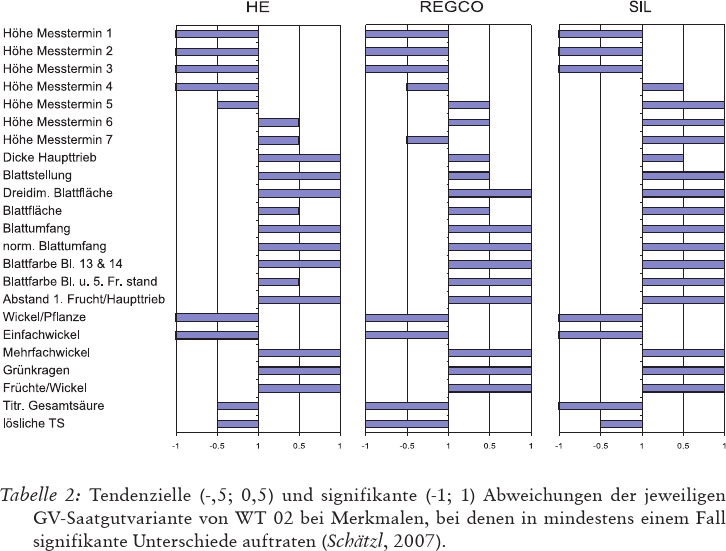Transgene Tomaten aus der Grundlagenforschung – unbeabsichtigte phänotypische Reaktionen auf ein Markergen
Export Article Citation as
- Plain text
- BibTeX
- RIS format
- Download price : € 6.00
Abstract:
Developmental dynamics and morphology of tomatoes harbouring a GUS-gene from E.coli under constitutive expression were assessed phenotypically on a macroscopic level. In contrast to the hypothesis, that the genetically modified (GM) plants would be unaffected with the exception of the desired trait, a number of non-target effects could be observed and shown to be specific for the expression level of the inserted gene. The analysis included temporal patterns of growth and fruit ripening, parameters of leaf and infrutescence architecture, fruit quality and composition. The results reveal that the plants of each line respond as a whole to the inserted construct. Some of the characters deviating with respect to the non modified controls must be considered to be detrimental in agronomic production. The demonstrated multiple unintended effects on plant performance suggest the urgency of a case by case evaluation in the risk assessment of genetically modified cultivars, including investigations from the genomic up to the macroscopic level.




